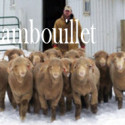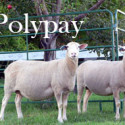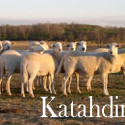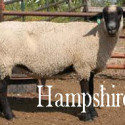Rambouillets are large sized, rugged and long-lived with a strong flocking instinct. For many years, the Rambouillet has been known as the profit “cornerstone” of the U.S. sheep industry. They are raised in a range of climate conditions from the scarce brush area of Texas to the extreme cold winters of Minnesota. The ability of… Continue Reading











